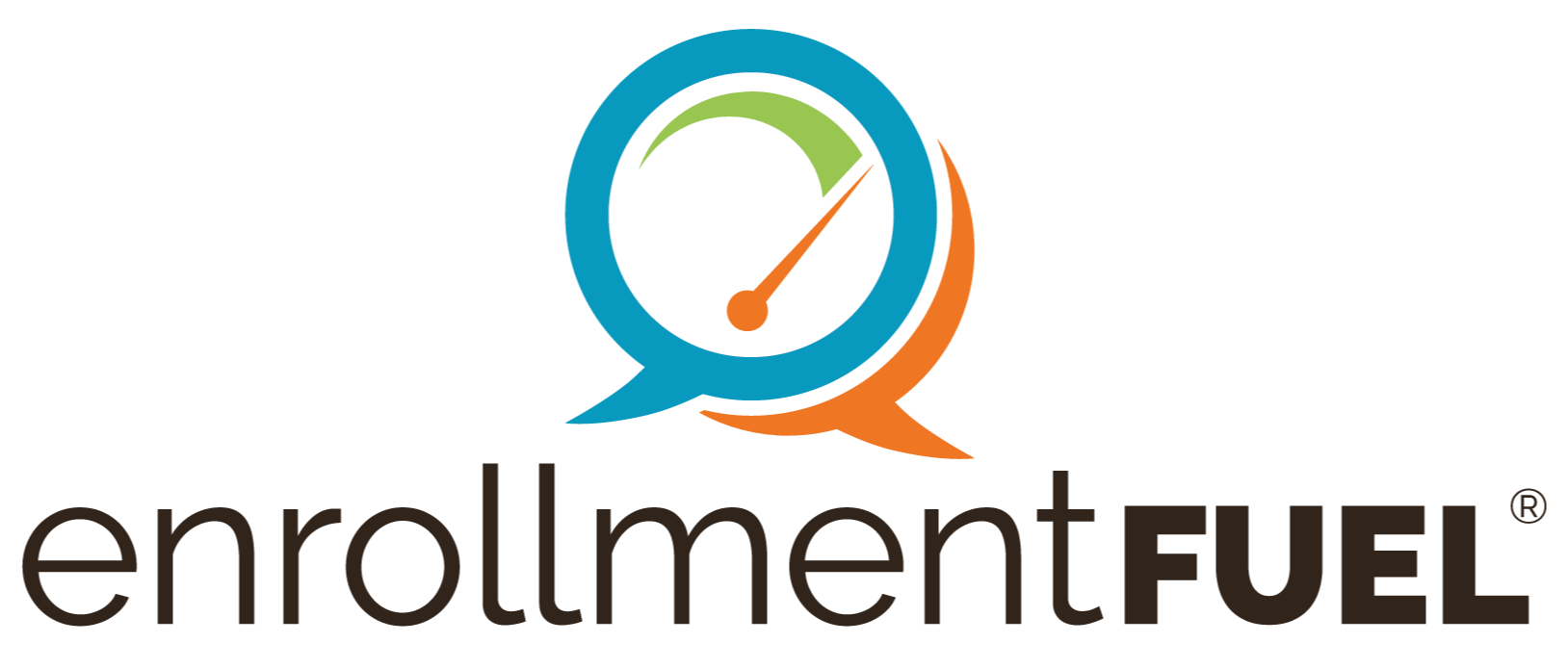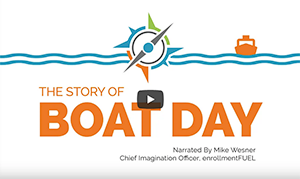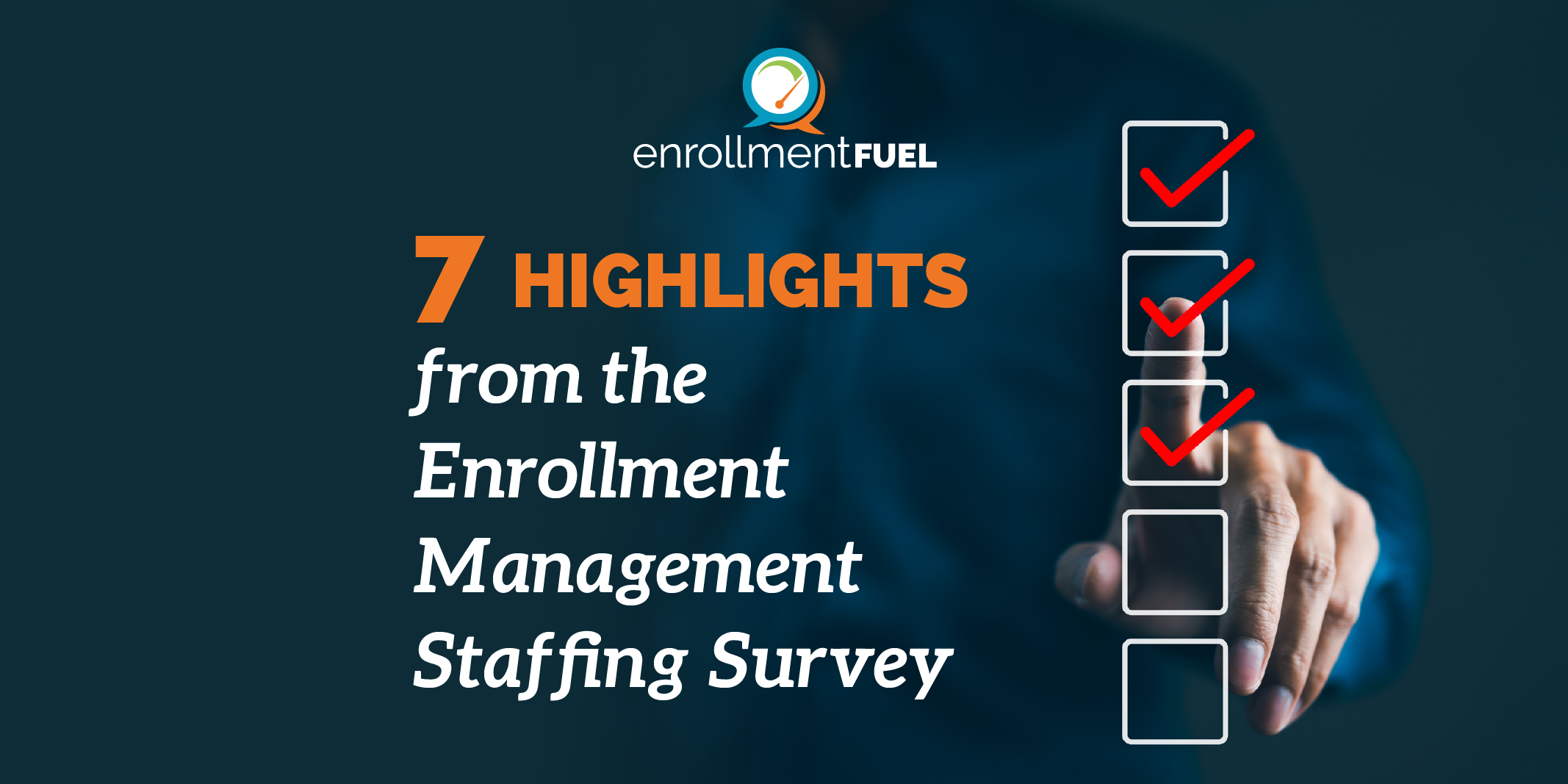The ever-changing higher education recruitment landscape is filled with data challenges and opportunities that can make or break even the soundest enrollment management strategies. From disparate digital footprints and affinity milestones to in-person touchpoints, data are everywhere (and nowhere) at the same time!
Here are five data concepts you MUST consider in your strategic planning that will help provide clarity and consistency as you recruit your next class.
1. Frameworks are King
Data frameworks are the foundation of any successful enrollment management analytics initiative. Without a framework, your data will be inconsistent, untrustworthy, and unmeasurable. At minimum, a data framework should include the questions being asked/answered, what data are used to answer the questions, ownership and governance, and a way to measure effectiveness. Start with these four things, and you’ll be set up for success!
2. It’s Dirty!
All data has the potential to be “dirty,” regardless of source. Consider how much control or structure is available for vendor data vs. internal CRM/SIS systems. The biggest ROI difference is how consistently data are ingested, cleansed, and staged for insight and decision-making purposes. Does your Student Search vendor cleanse and standardize data on your behalf (FUEL does!), or simply provide raw extracts? Data quality reigns supreme over data quantity.
3. Timing Matters
Is it possible to accurately forecast yield with data refreshed at different intervals? The answer is yes, to an extent; but mapping out, as part of a framework, the source, timing, and availability of key data points will pay dividends in your enrollment analytics strategy. Think of the different touchpoints like digital marketing, virtual events, campus tours, customer service inquiries, financial aid application filing, etc. While most of these happen in real time, it’s rare to have a data framework that supports real time reporting across every touchpoint. Relate the questions to the timing of data availability, and decide if it’s possible or makes sense to use a particular metric as part of the admissions decision-making stage.
4. Expect Outliers
With the proliferation of data across disparate sources, it’s crucial that your framework accounts for outliers, particularly where scoring is used in modeling/forecasting efforts. Create processes to look for the inverse of what you want to identify, simply to account for the unexpected dirty data, file layout changes, and processing delays. If there is a key metric driven on a particular string data value, and one day there are unexpected or null values, does your framework account for those, and are they treated in a way such that the entire scoring process breaks, or does it allow for proactive research/troubleshooting along the way?
5. Bring it Together and Tell the Story
Once the framework is in place, it’s time to tell the story with data. This will vary by desired analytical outcome, so try to tie it back to the initial questions being asked, and if they are answered. Strive to include the right mix of descriptive (what happened in the past), diagnostic (why it happened), and predictive (what may happen in the future) analysis to tell an actionable data story. Are application and FAFSA numbers up/down at the same rate? Are there system limitations preventing solid historical benchmarks? Is something happening in the marketplace that is causing unusual melt rates?
With these 5 data concepts in place, funnel management questions become easier to answer and act on.The enrollment landscape is increasingly complex—a good understanding of your data will help you ask the right questions, tell the right stories, and increase the likelihood that your enrollment strategies succeed.




